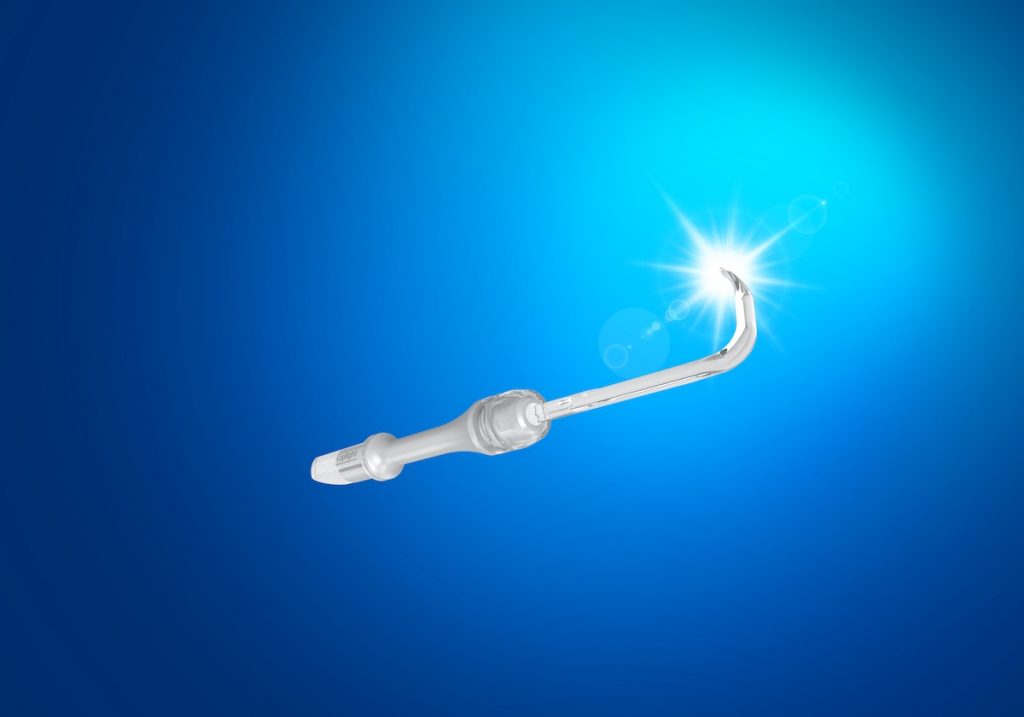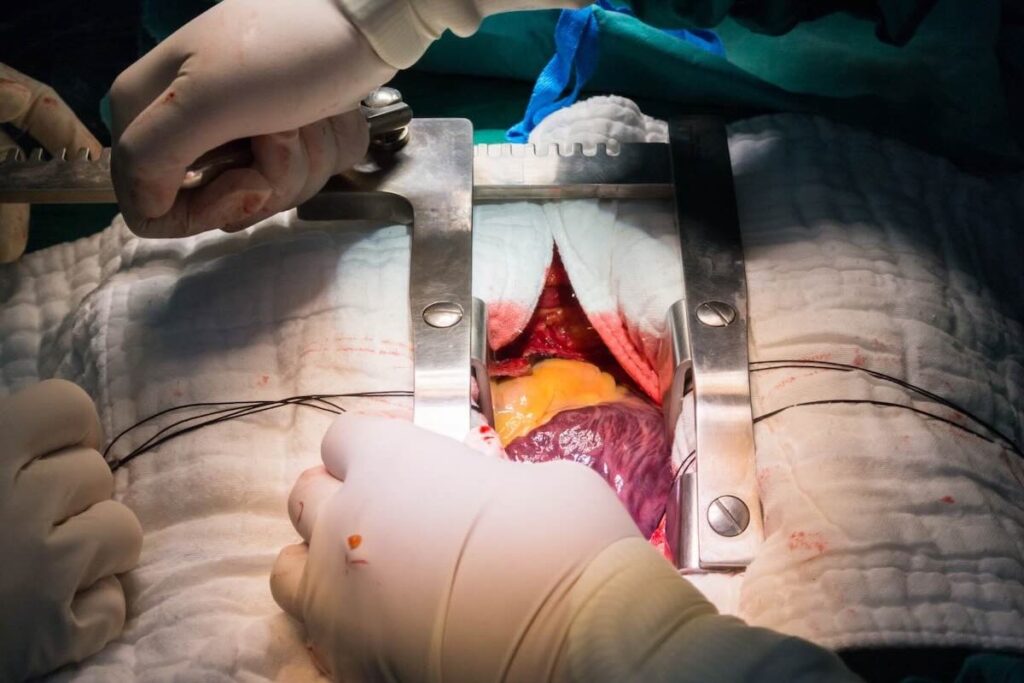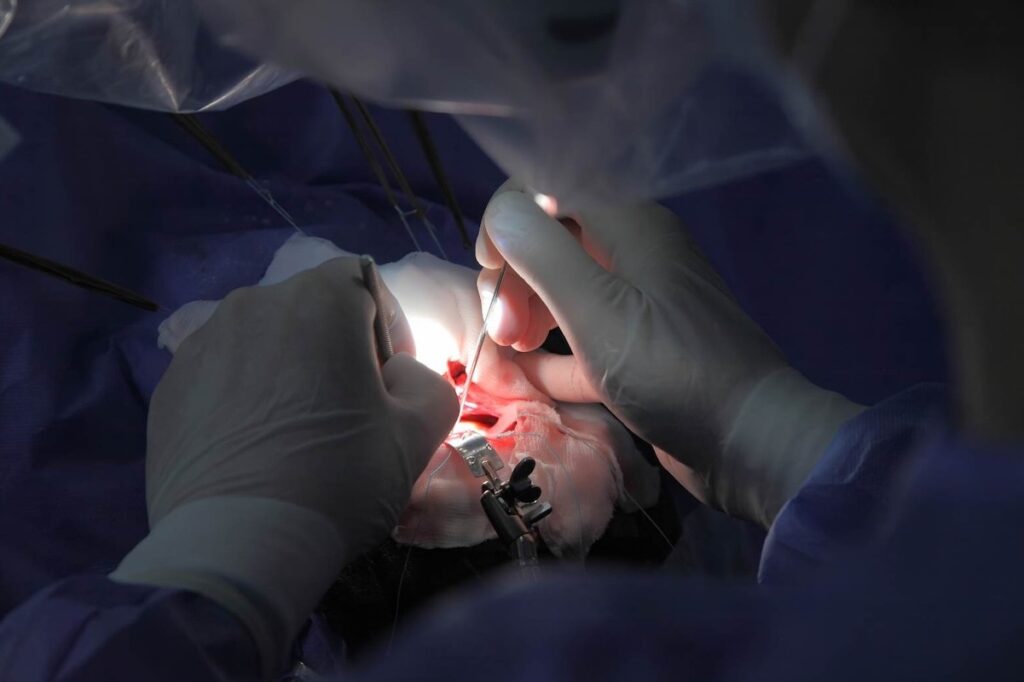In complex surgeries, retractors are unsung heroes that facilitate these high-level procedures. Retractors hold back tissue and organs, giving surgeons the access and visibility they need to perform intricate procedures precisely. Whether it’s a delicate brain surgery or a demanding abdominal operation, retractors are essential for ensuring that the surgeon and the patient have the best chance for success.
This article examines how surgical retractors are used in some of the most challenging procedures. From handheld to self-retaining models, the article covers retractor types, discusses technological advancements, and gives examples of retractors making a difference in operating rooms. If you’re a surgeon, part of a surgical team, or in charge of selecting the best tools for your hospital, this guide will help you understand why retractors are more than just another instrument on the tray.
Contents
What is a “complex surgery”?
While there’s no all-encompassing definition, complex surgeries are challenging procedures requiring high-level surgical skill and expertise. These surgeries typically involve high-risk patients with anatomical variations, delicate organ systems with limited access, and multiple intraoperative interventions.
A report in Nature referred to complex surgeries as first-time elective surgical procedures lasting more than 6 hours and requiring substantial resources and advanced technologies. For example, procedures in elderly patients with malignant conditions or requiring difficult orthopedic or vascular reconstruction.
Another review from the Journal of Gastrointestinal Surgery states that complex surgeries are “technically challenging and infrequently performed procedures that involve intricate surgical techniques for resection or reconstruction.”
A study involving a questionnaire on surgical complexity in 53 operations found that surgeons deem open heart surgeries and brain lesion surgeries as the most complex procedures.
According to recommendations from the National Institute of Health and Care Excellence (NICE), major complex elective surgeries include the following:
- Total abdominal hysterectomy
- Endoscopic prostate resection
- Lumbar discectomy
- Thyroidectomy
- Total joint replacement
- Lung surgeries
Retractors’ role in surgical precision
Retractors are vital tools for improving surgical precision. Their main function is to hold back tissues and organs to provide the surgeon with a clear view of the surgical site.
Retractors can be self-retaining (can stay in place by themselves) or handheld. Self-retaining retractors, while improving visualization, don’t require an assistant to hold them. This feature frees up personnel to assist with other tasks, making the surgical team more efficient.
Retractors come in many shapes and sizes, each with a specific use during surgery. The Senn retractor, for instance, is a two-ended, hooked retractor that enables nimble movements during precise surgeries, such as hand surgeries. As this retractor is lightweight, it’s easy to reposition.
All retractors require proper handling and positioning to ensure precision and prevent surgeon fatigue.
Selecting the right retractor for a complex job
Choosing an appropriate retractor involves multiple considerations:
- Specific procedure requirements
- Patient characteristics
- Surgeon preference
- Procedure duration
- Tissue sensitivity
Specific surgical procedure requirements
A complex surgery entails anatomical and technical challenges that influence retractor selection. Neurosurgical procedures demand intricate retractor systems with hand-rest stabilizers to hold brain structures without causing damage. One example of a retractor system is the Leyla retractor system. Thoracic surgeries, however, often need specialized retractors, such as the commonly used Finochietto retractor, that can withstand pressures while providing stable, minimal-contact exposure.
Patient characteristics
When choosing retractors, surgeons consider the patient’s body mass index, age, previous surgical history, and specific anatomical variations. An elderly patient with reduced tissue elasticity typically needs gentler and more adaptive retraction mechanisms than a young patient. Similarly, patients with connective tissue disorders may need retractors that minimize mechanical stress.
Surgeon preference
During years of practice, surgeons develop preferences based on their experience and ergonomic comfort. Some surgeons prefer retractors that reduce hand fatigue during prolonged procedures, while others might prioritize retractors with specific grip designs or weight distribution.
Such preferences might become especially pronounced in complex surgeries, such as bowel surgeries, where precision is essential.
According to a study published in the Annals of Surgery, individual surgeon preferences affect surgeon performance and procedural outcomes.
Procedure duration
Surgery type and duration are additional important determinants of retractor choice. Short, outpatient surgeries might use simple, handheld retractors, whereas complex elective surgeries lasting several hours require self-retaining systems, such as the Leyla retractor system.

The efficiency of retractor systems must be consistent, as prolonged surgery times increase the risk of tissue compression and infection.
Tissue sensitivity
The body’s tissues react differently to external pressures and effects from instruments. Neural tissues, for example, demand gentle handling with minimal compression. However, dense muscular or connective tissues withstand more substantial retraction.
Also, different retractor materials affect tissues differently. Plastic retractors are disposable instruments that can cause fewer surgical site infections than metal ones.
Types of retractors for specialized surgeries
Thoracic surgery
Thoracic surgery involves operating within the chest cavity. It requires durable tools to clearly visualize vital organs, such as the heart and lungs, and maintain high retraction pressures.
The classic Finochietto retractor features a ratcheted spreading mechanism with interchangeable blades, specifically designed for spreading the ribcage during thoracic procedures. Its robustness and precise control make it the gold standard for sternotomy.

Modifications of the original Finochietto address specific surgical needs. The Ankeney retractor, for instance, features wider blades and a more gradual spreading mechanism, reducing the risk of rib fractures during prolonged procedures. Conversely, the Cooley retractor offers additional retractor attachment points, thus proving particularly useful in cardiac surgeries.
Brain surgery
Neurosurgical procedures require delicate tissue handling and management to protect vital neural structures.
Handheld retractors, such as the Davis, Leyla, and Richardson retractors, and our Yasui kolight™ handheld lighted retractor, are widely used as they provide dynamic retraction in the hands of the assistant. The Davis retractor contains a narrow blade ideal for reaching narrow corridors to brain structures. The Leyla retractor offers malleable (flexible) blades that can be shaped to conform to specific anatomical requirements, while the Richardson retractor is well-suited for superficial approaches.
Self-retaining retractors, such as the Weitlaner retractor, Leyla retractor system, and Holding retractor system, allow for stable, hands-free site exposure.
Additional tools commonly applied for retraction purposes in brain surgery include balloon retractors, sponge retractors, and clips. Balloon and sponge retractors employ expandable materials to minimize tissue compression, whereas clip retractors are applied in microsurgical procedures.
Laparoscopic surgery
Minimally invasive procedures require specialized retraction systems that can work through small incisions while maintaining adequate exposure. The Nathanson liver retractor is widely used in laparoscopy. Its curved appearance specifically enables liver retraction during upper abdominal laparoscopic procedures.
Other retractors, such as the Endoloop and Endograb, can create temporary retraction points using suture materials or small subcutaneous devices, respectively. These are particularly useful for manipulating abdominal structures.
Orthopedic surgery
Orthopedic procedures require retractors capable of holding several layers of soft tissues away from the bones or joints that make up the surgical site. Examples of such instruments include the Hohmann, Gelpi, and anterior hip retractors.
The Hohmann retractor is a curved retractor designed to wrap around bone surfaces, providing deep tissue retraction while protecting neurovascular structures during joint replacement surgery. The Gelpi retractor is a self-retaining instrument with sharp prongs, particularly useful in extremity surgery.
As its name suggests, the anterior hip retractor is specifically designed for anterior-approach hip surgery, as it features specialized blade shapes for depressing the femur and exposing the acetabulum.
Innovations in retractor technology
Retractor designs have become more sophisticated to suit specific needs of various surgical procedures. Recent technological innovations have enabled tailored surgery approaches, reduced tissue trauma, and improved site visibility and surgeon ergonomics. Modern retractor tech features, such as smart sensors, lighting, and ergonomic handles, have become invaluable for improving instrument handling and stability in complex surgeries.
Smart sensors in retractors also incorporate technologies that can monitor tissue tension in real time. This feature provides continuously updated feedback to the surgery team, thus boosting precision. Retractors with integrated fiber-optic, LED lighting further surgical site access by illuminating tissues. The lighting feature of retractors acts as an add-on to the typical lighting systems in the operating room.
Case studies: Successful use of retractors in complex procedures
Lone Star Retractor system in neurosurgery
Piazza et al. explained the promise and safety of using the Lone Star Retractor (LSR) system in neurosurgery. The LSR system is a self-retaining retractor with a lightweight plastic frame with self-locking joints. Its design enables retraction without external holding devices.
The study tracked the use of the LSR system in 20 neurosurgical procedures involving gliomas, metastases of breast cancer, and meningiomas. The retractor proved effective across various surgical approaches, particularly in the described convexity and pterional procedures.
The described advantages of the LSR system include the following:
- MRI compatibility
- Easy adjustability
- Reduced interference with surgical tools
Tumor retractor for tumor removal surgery
Lim et al. explored using a tumor retractor, a surgical instrument designed to minimize healthy brain tissue retraction during tumor surgery. Unlike traditional retractors, this retractor has a sharp 90° angled tip for securely gripping tumors and a malleable distal blade for adjusting retraction angles. Their study presents three clinical cases of a frontal lobe, parietal lobe, and cerebellopontine tumor, respectively, where the retractor proved successful.
The authors describe the retractor’s advantages as follows:
- Easy to use and can be fixed to the tumor
- The existing self-retraction system together with a tumor retractor, so an assistant doesn’t need to hold the retractor in place
- The operator can pull the tumor in different directions and angles
TITAN CSR retractor for abdominal surgery
Another study explored the benefits of TITAN Cestero Surgical Retractor (CSR), a novel, self-retaining retractor for abdominal surgery. The TITAN CSR is a modular system that provides hands-free exposure without a surgical table attachment.
The retractor was tested in 89 emergency and trauma laparotomies involving injuries, such as gunshot wounds and motor vehicle collisions. It effectively facilitated abdominal procedures, such as supracervical hysterectomy, sigmoidectomy, and retroperitoneal exploration.
The TITAN CSR retractor’s reported advantages include the following:
- Lightweight
- Quick assembly involving few components
- Safe and effective, especially for emergent operations

